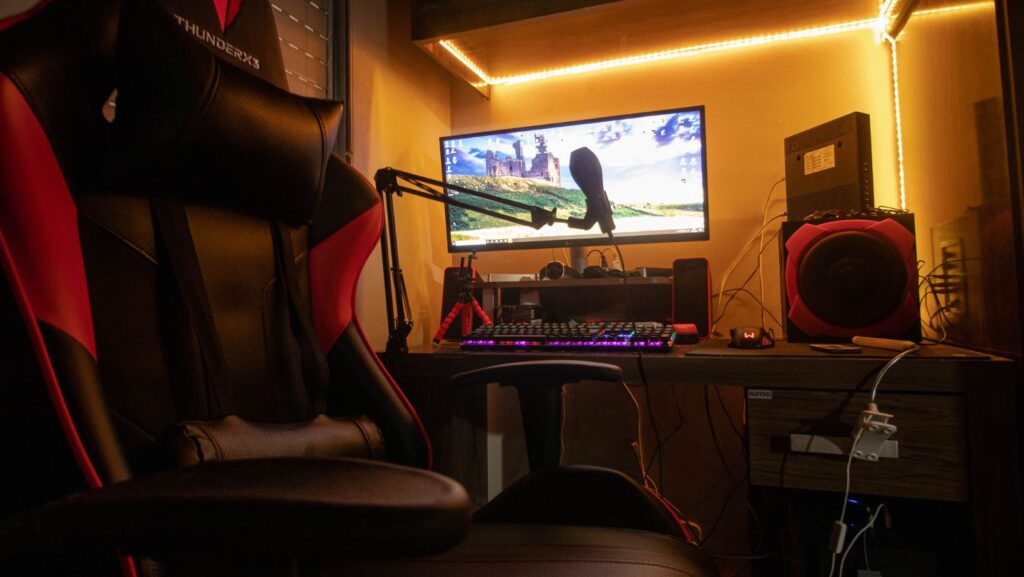League of Legends has transcended its origins as a simple multiplayer online battle arena game to become a global sporting phenomenon that rivals traditional athletic competitions in scale and spectacle. Over the past decade, the competitive ecosystem has evolved into a sophisticated network of regional leagues, international championships, and grassroots competitions that collectively shape the future of esports.
The landscape of lol tournaments has undergone a remarkable transformation since the game’s competitive debut. What began as small-scale community events has blossomed into a year-round calendar of professional competitions, featuring multimillion-dollar prize pools, state-of-the-art venues, and production values that rival major sporting events. This evolution reflects not just the growth of League of Legends, but the maturation of esports as a whole.
The pinnacle of competitive League of Legends, the World Championship, has become a traveling celebration of excellence that draws millions of viewers and fills massive arenas. The tournament’s format, refined over years of iteration, combines the excitement of international competition with compelling narratives of regional rivalry and individual excellence. The event’s production, featuring augmented reality dragons soaring through stadiums and holographic performances, has set new standards for esports presentation.

Regional leagues have become the backbone of professional League of Legends, providing stable competitive environments that foster local talent and build dedicated fan bases. The LCS in North America, LEC in Europe, LCK in Korea, and LPL in China each have their own distinct identity and competitive style, contributing to the rich tapestry of global League of Legends competition. These leagues serve as proving grounds for emerging talent and established veterans alike.
The introduction of the Mid-Season Invitational has added another layer of international competition, creating a meaningful milestone between World Championships. This tournament provides valuable cross-regional experience for teams and offers fans additional opportunities to see their favorite players compete on the global stage. The event has become crucial in shaping the meta and establishing regional hierarchies heading into the second half of each season.
Perhaps most significantly, the tournament ecosystem has created sustainable career paths for thousands of professionals. Beyond players, the competitive scene supports coaches, analysts, broadcasters, and various production staff. This professional infrastructure has raised the overall quality of competition while providing stability for those who dedicate their lives to the game.
The impact of international competition on game balance and meta development cannot be overstated. Major tournaments often become catalysts for innovation, with teams unveiling new strategies and champion combinations that quickly ripple throughout the global community. This dynamic relationship between competitive play and game evolution helps keep League of Legends fresh and engaging for players at all levels.

Technology has played a crucial role in the evolution of League of Legends tournaments. Advanced spectator tools, real-time statistics, and improved broadcast capabilities have enhanced the viewing experience while providing valuable insights for teams and analysts. The integration of streaming platforms has made competitive League of Legends more accessible than ever, allowing fans to follow their favorite teams and players from anywhere in the world.
The development of amateur and semi-professional tournaments has created clear pathways from grassroots competition to the professional level. Regional development leagues, collegiate competitions, and independent tournaments provide aspiring players with opportunities to gain competitive experience and catch the eye of professional organizations. This structured approach to talent development has helped ensure a constant influx of new players into the professional scene.
Looking ahead, the tournament ecosystem faces both opportunities and challenges. The continued global expansion of League of Legends requires careful balance between maintaining the prestige of existing competitions and creating opportunities in emerging regions. The success of the game as an esport may well depend on how effectively the competitive structure can adapt to these evolving demands while preserving the excitement and competitive integrity that has defined its rise to prominence.

